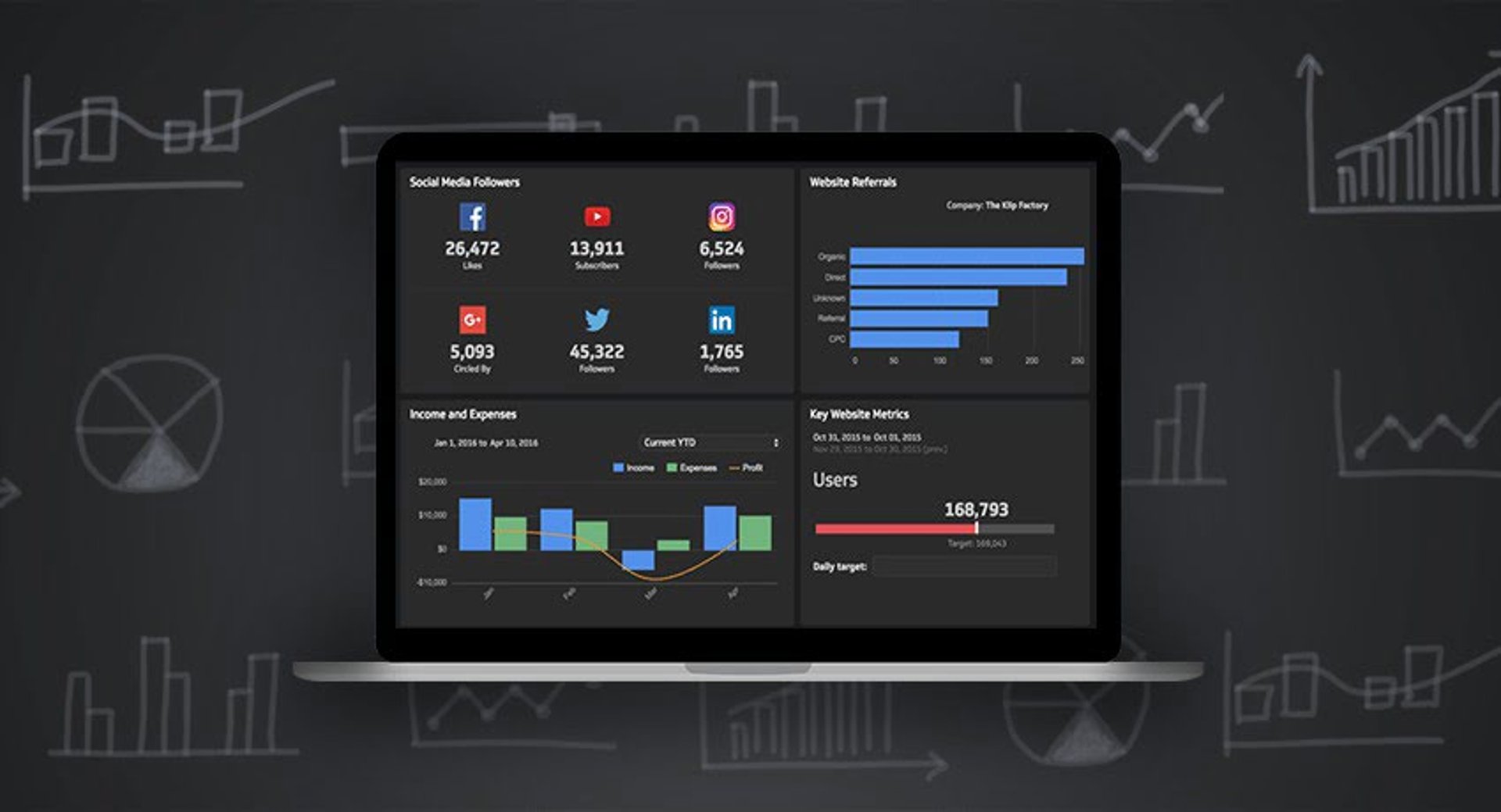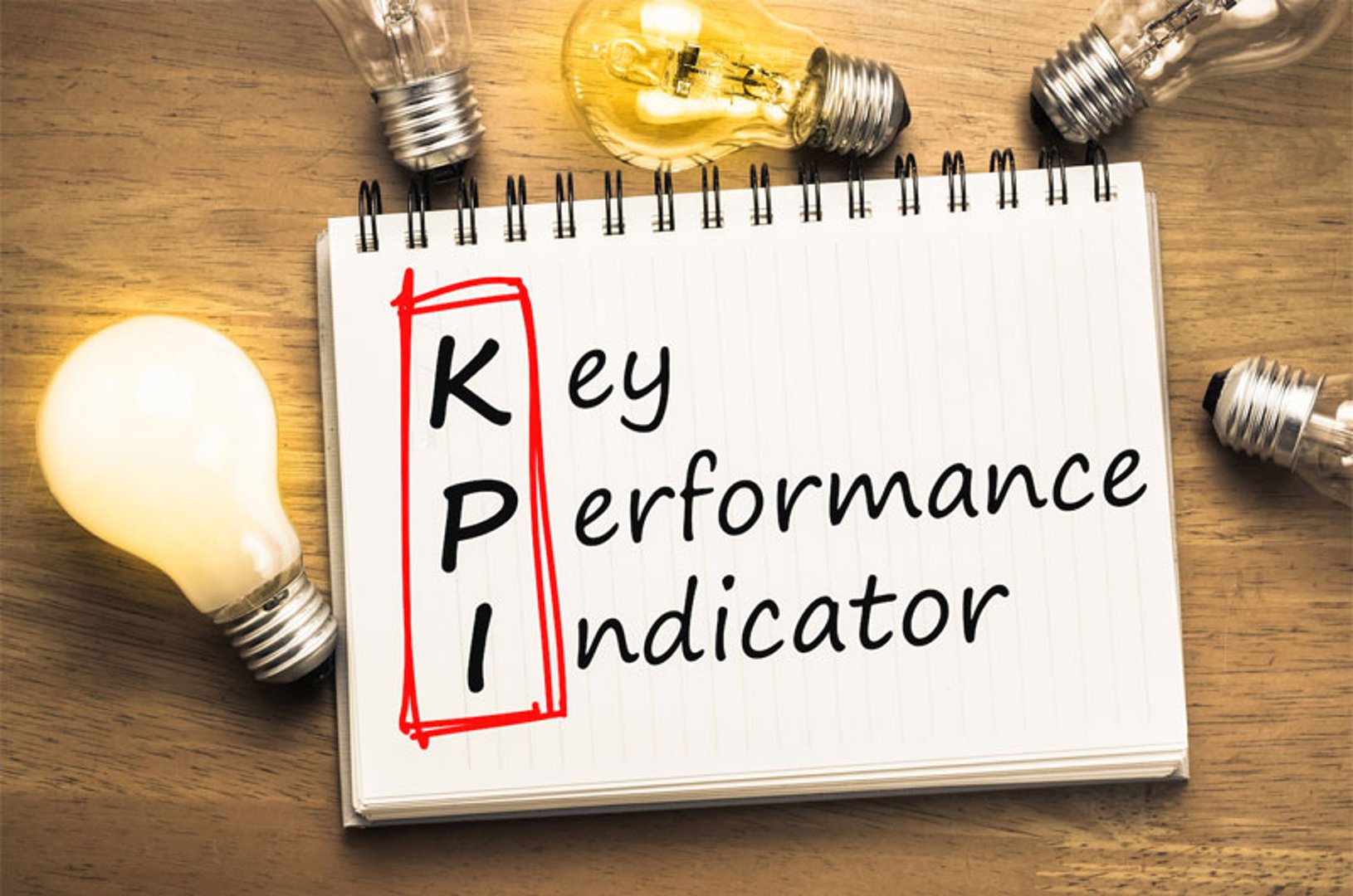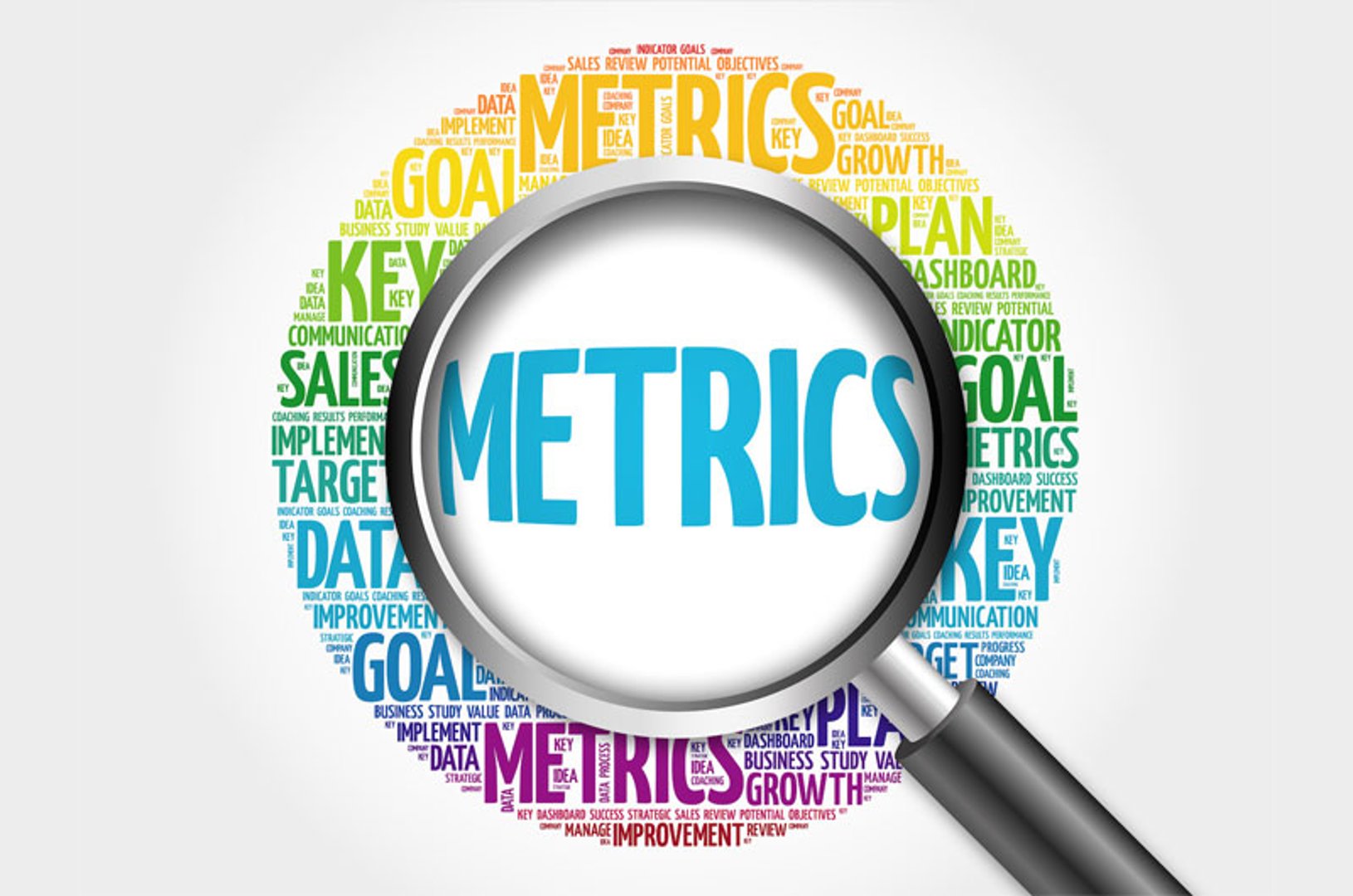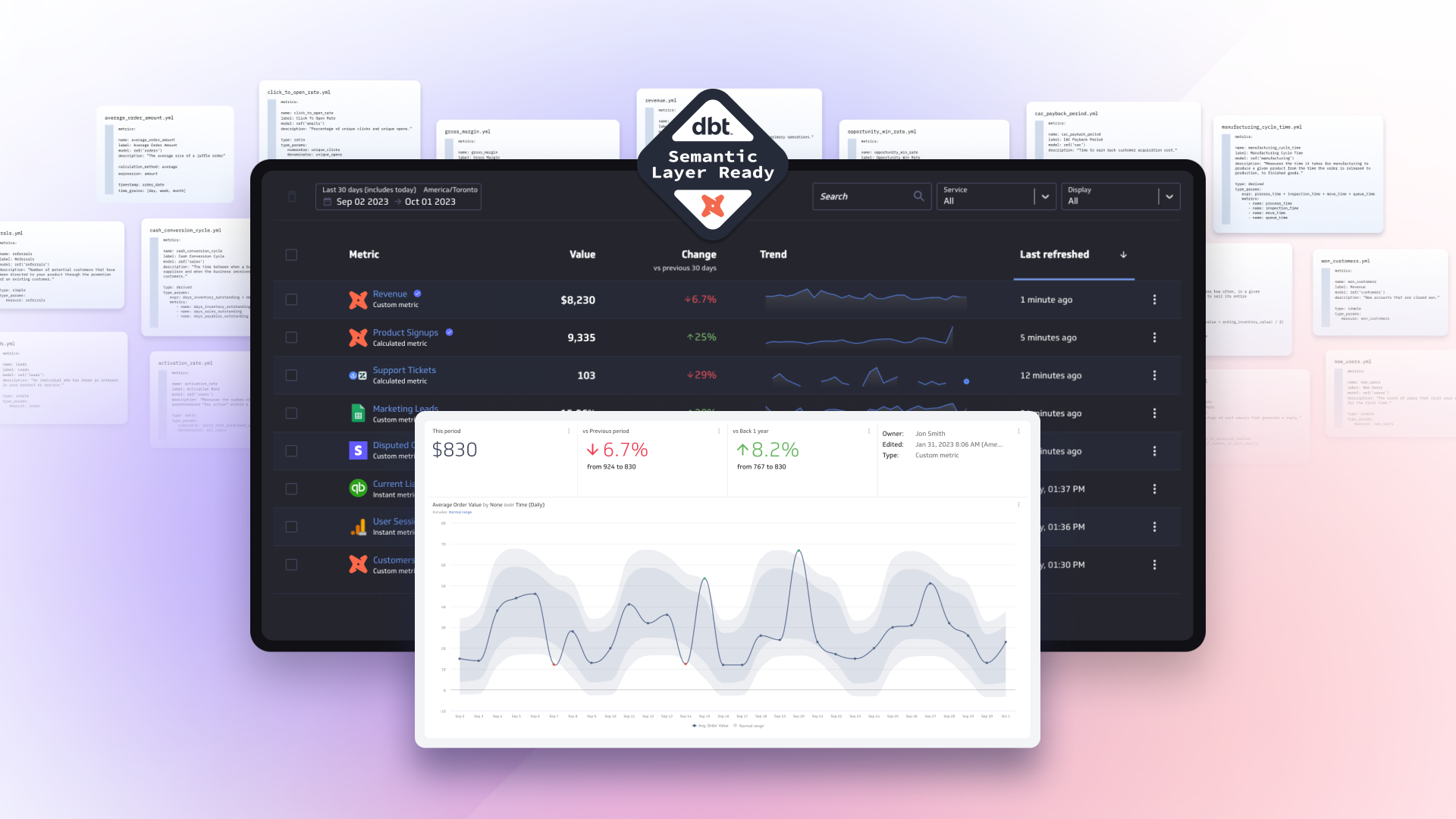What is a KPI, Metric or Measure?
Published 2017-02-22, updated 2023-11-27

Summary - Discover the differences between KPIs vs metrics vs measures? How are they similar but different, and why?
Not sure about the differences between KPIs, metrics, and measures? You’ve come to the right place. By the end of this post you will understand what each term means and why each term is important. You’ll also be equipped with practical (and hopefully memorable!) examples of each. For additional practical advice on metrics and KPIs, check out the Metric Stack podcast.
Before we dive into these terms and what sets them apart from each other, it’s important to acknowledge that you’re not alone if you’re unsure of their differences. It’s common even in the business intelligence space to hear KPI and metric used interchangeably so let’s clear that up.
KPI, metric and measure are terms that serve as the building blocks for how business performance is both assessed and achieved, so it’s important to have a fundamental understanding. And it’s key to know how to define your organization's KPIs. Take it a step further and put your metrics and KPIs on a PowerMetrics dashboard so your entire organization has access to your performance.
OK, now let’s dive in.

What is a key performance indicator (KPI)?
The definition of a Key Performance Indicator (KPI) is a measurable value that demonstrates how well a company achieves their key business objectives.
Organizations use KPIs to measure their success at reaching targets. KPIs can be applied to industries, departments or individual tasks. KPIs are evaluated over a specified time period, and are compared against past performance metrics or acceptable norms.
For example, a company could set a KPI to increase revenue by $10,000 this month. The KPI has a measurable value (dollar amount) and a specific time period (30 days). If it’s the 25th day of the month and revenue has increased by $15,000, it’s a clear sign that you’ve achieved (exceeded!) your objective.
Why are KPIs important?
KPIs are important because establishing, tracking and reporting on your key performance indicators gives you a clear picture of your performance. KPIs give you a value to compare against your current performance so you can clearly see if and how you are reaching your goals.
With KPIs in place, you can set your goals, develop tactical strategies to reach them, evaluate your performance using business metrics, and have a historical record of your business performance.
What is an example of a KPI?
Let’s say you’re a small business owner and you sell hand-crafted candles through your online store. You want to increase your sales this quarter, so you set a KPI to sell 150 candles in the next 3 months.
You ask yourself a series of questions to define your KPI:
- What’s the desired outcome? Sell 150 candles in the next 3 months
- How are you going to measure progress? Revenue measured in dollars
- How can you influence the outcome? Set up digital ads on Google and update website for better search engine results
- How often will I evaluate my performance? Weekly
- How will I know I’ve achieved my KPI? 150+ candles will be sold
Now that you’ve defined your KPI (sell 150 candles) and determined how you’re going to measure your progress (revenue), it’s time to understand which metrics you’re going to track to reach your KPI.

What is a metric?
A metric is a quantifiable measure that is used to track, compare, and assess performance or processes.
What’s the difference between a metric and a measure?
A measure is a fundamental or unit-specific term. A measure is a number that can be used in calculations, like sum, count, or average.
A metric is derived from one or more measures. Metrics have a goal or performance attached.
This difference becomes clear when metric becomes “business metric,” and thereby becomes a quantifiable measure that is used to track and assess the status of a specific business process.
Why are metrics important?
Metrics measure your business processes. Metrics are standardized so they are comparable to other metrics in your business.
Metrics are measurements of a specific business process, like the traffic volume on the website you built. A key performance indicator would monitor the same site traffic, but it may home in on the number of content downloads on your site.
Key performance indicators drill down into a key area, whereas metrics are a way of measuring the overall performance.
What is an example of a metric?
Let’s go back to our candle example from above. You’re a small business owner and you sell hand-crafted candles. Your overall business goal is to sell candles and make money. But looking ahead, you’ve set your KPI to sell 150 candles in the next 3 months through your online store in order to reach a revenue target.
Now, what metrics are you going to use to measure your progress towards that KPI? With your end goal in mind (sell 150 candles to meet your revenue target), these are the metrics you might track:
- Revenue: This metric measures the revenue you generate. If your goal is to sell 150 candles at $15 each and you’ve sold $600 worth of product, you know you’ve sold 40 candles and still have 110 to go!
- Conversion Rate: How likely are you to make a sale when a user visits your ecommerce store? This metric measures the total number of sales you’ve made divided by the total number of visitors to your site over a period of time. So if you’ve sold 40 candles over two weeks and had 200 site visitors, your conversion rate is 40/200 = 20% conversion rate.
- Cart Abandonment Rate: This is the percentage of online shoppers who added an item to their cart but then abandoned it before completing their purchase. This metric will help you understand how much potential revenue you are losing.
Revenue is a metric that directly correlates to your KPI but the other metrics (conversion rate, abandonment rate) will help you flag any issues or areas of improvement that you can use to boost your sales.
Are KPIs and metrics the same?
No, but KPIs and metrics work hand-in-hand. Key performance indicators (KPIs) are your end goal. Metrics are what you will track along the way to determine whether or not you’ll meet your goal.

What is a measure?
In a data context, measures are the numbers or values that can be summed and/or averaged, such as sales, leads, distances, durations, temperatures, and weight. The term is often used alongside dimensions, which are the categorical buckets that can be used to segment, filter or group—such as sales rep, city, product, colour and distribution channel.
Let’s say your online store sells candles and matches. You’ve sold 40 candles and 20 packs of matches. The units sold (40 + 20 = 60) is the measure and the dimension is the product type (candles or matches).
What’s the difference between a metric and a measure?
A measure is a simple number, like how many candles you’ve sold. A metric puts your measure into context. For example, what is the average sale over the last 12 months?
Your metric could be Average Basket Size. It’s made of measures such as a) the overall number of transactions and b) the number of candles per transaction.
Why are measures important?
Both metrics and KPIs rely on and are derived from measures. Without measures, you don’t have the essential building blocks to create a metric or define a KPI.
What is an example of a measure?
For an ecommerce business, Average Order Value is an important metric—it tells you the average amount of money spent on an order over a set period of time. The measures that go into this metric are revenue (sum) and the number of orders placed (count). These two measures can be divided to get your average order value for your specific time period.
I hope this served as a good primer on what KPIs, metrics, and measures are, and that you now know the key differences between them.
Related Articles

PowerMetrics Case Study: The Project Booth
By Cathrin Schneider — April 11th, 2024

Top Six Data and Analytics Trends – 2024
By Allan Wille, Co-Founder — December 11th, 2023

Maximizing Business Insights: The Power of dbt’s Semantic Layer with Klipfolio PowerMetrics
By Jeroen Visser — November 27th, 2023

Unlocking the Value of Metrics for Everyone: Introducing PowerMetrics + revamped dbt Semantic Layer
By David Mennie — October 17th, 2023
